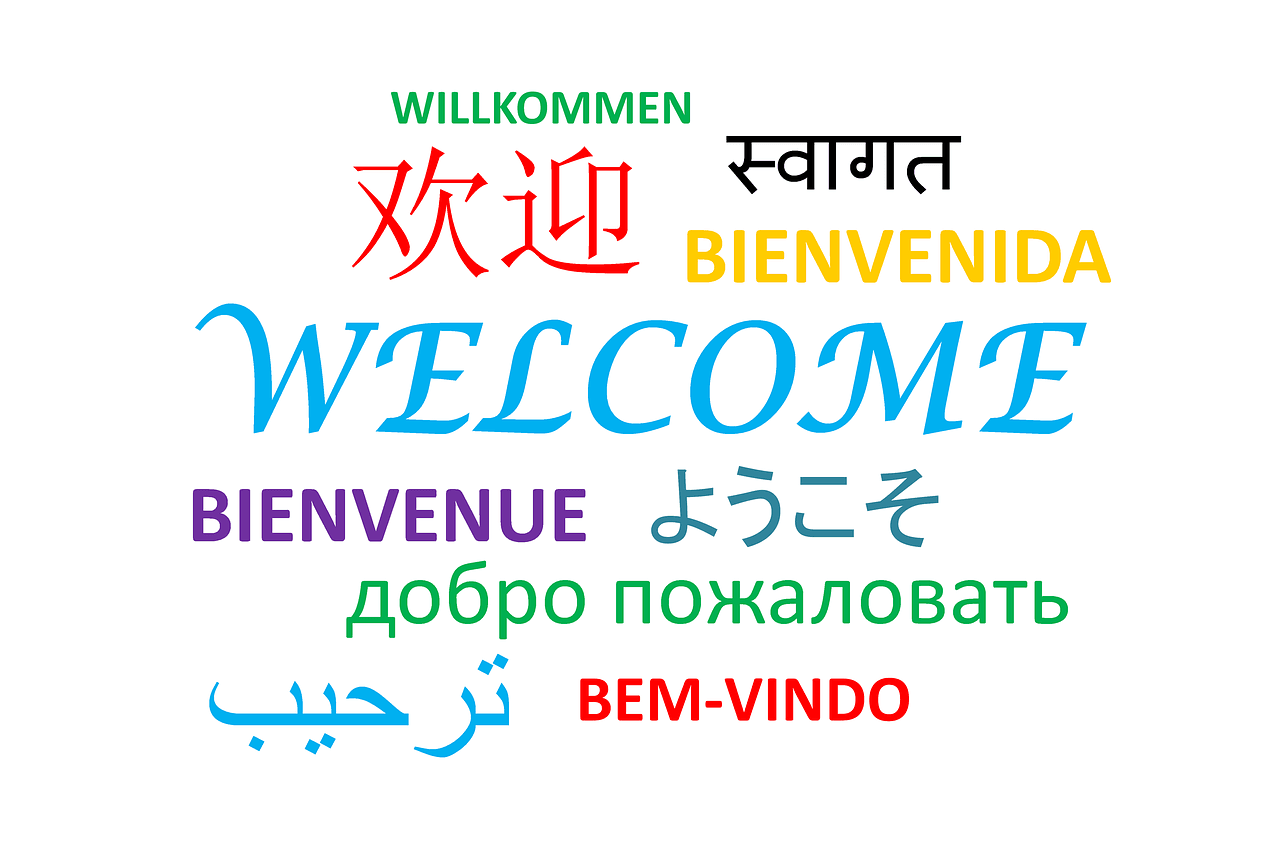People around the world speak nearly 6,000 different languages, but scientists have long wondered how all those languages came into being. Now a new study involving children may have shed some light on how languages develop.
Language development simulations
Researchers at the Max Planck Institute for Evolutionary Anthropology teamed up with Leipzig University’s Research Centre for Early Childhood Development. They devised a way to see how children would create their own non-verbal languages if they could see each other but not hear each other. The researchers put children in separate rooms and set up a Skype connection between them. After giving the children some time to meet over Skype, they secretly turned the sound off so the children could see each other but not hear each other.
The researchers then tasked the children with describing various images in a way they could both understand. It was easy to do with objects like a fork or hammer by mimicking the action that is done with the object.
However, researchers didn’t stop with objects. They also tried things like a blank sheet of white paper. In this case, the first child pulled her shirt out to the side and pointed to a white dot on it, and the other child understood. Later, when the second child was given the same blank sheet of paper to describe, she pulled out her shirt in the same motion the first child did. Even though she didn’t have a white dot on her shirt, the two children had established a sign for the word “white.”
As the study advanced, researchers used more and more complex images. The motions employed by the children to designate the images also became more and more complex.
How do languages develop?
Based on the study involving the children researchers suggested a process for how languages develop. They believe languages start with the creation of references to objects and actions based on signs that look like certain things.
People who build a common language must have some common experiences in order to come up with these signs. Two people who speak to each other mimic each other and the signs they use, which establishes the meanings of various signs. Gradually, the relationships between the meanings and the signs becomes more abstract, while the meanings of each sign become more specific. When it becomes necessary to communicate facts that are more complicated, the speakers form grammatical structures.
Researchers still have more questions about how languages develop. For example, they would like to see what happens when newly invented communication systems are passed down to new generations.





